Introduction
Red beans, known scientifically as Vigna angularis (also commonly referred to as adzuki beans), are a versatile and nutritious legume that has been a staple in various cuisines worldwide for centuries. Their sweet and earthy flavor, combined with their nutritional benefits, makes them a favorite among health-conscious individuals and culinary enthusiasts alike. Red beans are rich in protein, fiber, vitamins, and minerals, contributing to a balanced diet and promoting overall health.
However, one common complaint among those who wish to incorporate red beans into their meals is the time-consuming process of cooking them. Traditional methods can take hours, which can be inconvenient for busy lifestyles. Fortunately, there are several techniques and tips that can significantly reduce the cooking time of red beans while preserving their taste and texture. This comprehensive guide will explore how to quickly cook red beans, from soaking and pre-treatment methods to modern kitchen gadgets and cooking techniques.
Section 1: Understanding Red Beans
Before diving into the cooking process, it’s essential to understand the unique properties of red beans. Unlike some other beans, red beans have a relatively thin skin and a tender flesh, which makes them more susceptible to overcooking. Overcooked red beans can turn mushy, losing their distinct shape and texture. Therefore, achieving the perfect balance between cooked through and firm is crucial.
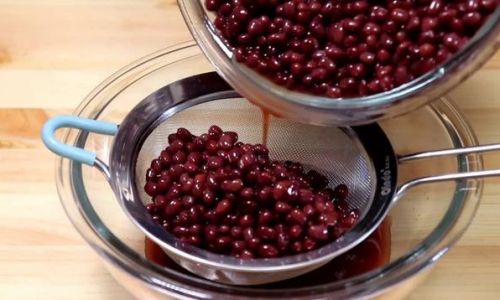
1 Varieties of Red Beans
There are several varieties of red beans, each with its own unique characteristics. The most common types include:
- Adzuki Beans: These are small, dark red beans with a sweet and nutty flavor. They are often used in Asian cuisines, particularly in desserts like red bean paste.
- Small Red Beans: Larger than adzuki beans, these have a milder flavor and are commonly used in soups, stews, and salads.
- Kidney Beans (Red Variety): While kidney beans are typically associated with a darker red or maroon color, some varieties can be lighter, resembling red beans. They are larger and have a heartier texture.
2 Nutritional Benefits
Red beans are a nutrient-dense food, offering a range of health benefits:
- High in Protein: An excellent plant-based protein source for vegetarians and vegans.
- Rich in Fiber: Aids in digestion and helps maintain blood sugar levels.
- Vitamins and Minerals: Contains vitamins B1, B6, and folate, as well as minerals like magnesium, potassium, and iron.
- Low in Fat: A healthy option for those watching their fat intake.
Section 2: Traditional Cooking Methods
Before exploring quicker cooking methods, it’s helpful to understand the traditional approach. Traditional methods often involve soaking the beans overnight and then simmering them slowly for several hours. This ensures that the beans cook evenly and develop a creamy texture.
1 Soaking the Beans
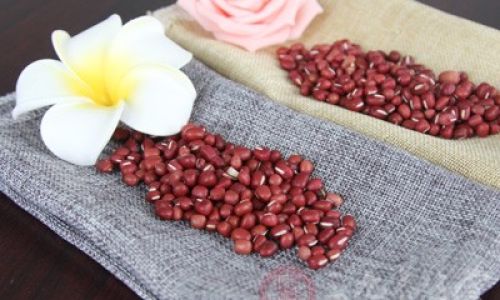
Soaking red beans overnight in water helps to soften their skins and reduce cooking time. It also helps to remove some of the natural gases that can cause digestive discomfort. To soak red beans:
- Rinse the beans thoroughly under cold running water to remove any dirt or debris.
- Place the beans in a large bowl or pot and cover them with at least two inches of water.
- Let the beans soak in a cool, dark place for 8-12 hours.
- Drain and rinse the beans before cooking.
2 Simmering the Beans
Once soaked, red beans can be simmered on the stovetop or in a slow cooker. To simmer on the stovetop:
- Place the soaked and rinsed beans in a large pot.
- Cover them with fresh water, ensuring there is at least two inches of water above the beans.
- Bring the water to a boil, then reduce the heat to low.
- Simmer the beans, partially covered, for about 1-2 hours or until tender. Check occasionally and add more water if necessary to keep the beans submerged.
For a slow cooker method:
- Follow the soaking and rinsing steps above.
- Place the beans in the slow cooker and cover with water.
- Cook on low for 6-8 hours or until tender.
Section 3: Quick Cooking Methods
While traditional methods are effective, they can be time-consuming. Here are several techniques to quickly cook red beans while maintaining their quality and flavor.
1 The Quick Soak Method
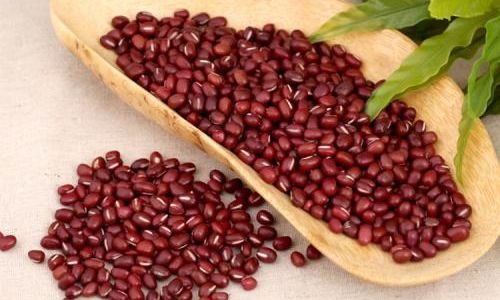
If you don’t have time for an overnight soak, you can use the quick soak method. This involves boiling the beans for a short period and then letting them sit in the hot water to soften.
- Rinse the beans thoroughly.
- Place them in a pot and cover with water.
- Bring the water to a boil and let it boil for 2-3 minutes.
- Remove the pot from the heat, cover it, and let it sit for 1-2 hours.
- Drain and rinse the beans before cooking.
2 Pressure Cooking
Pressure cookers are a kitchen gadget that can significantly reduce cooking time for beans and other tough legumes. The high pressure and steam environment allow the beans to cook quickly while retaining their shape and texture.
- Rinse the beans.
- Place them in the pressure cooker and add water, ensuring there is at least one inch of water above the beans.
- Lock the lid in place and set the pressure cooker to high pressure.
- Cook for about 20-30 minutes, depending on the size and variety of the beans.
- Allow the pressure to release naturally for 10-15 minutes before opening the lid.
3 Instant Pot Cooking
The Instant Pot, a popular multi-cooker, combines the functionality of a pressure cooker, slow cooker, rice cooker, and more. It’s an excellent tool for quickly cooking red beans.
- Rinse the beans.
- Place them in the Instant Pot and add water.
- Secure the lid and set the machine to the “Pressure Cook” or “Manual” setting. Adjust the time to 20-30 minutes.
- Once the cooking cycle is complete, allow a natural pressure release for 10-15 minutes before manually releasing any remaining pressure.
4 Microwave Cooking
While not as common, microwaves can also be used to cook red beans quickly. This method requires a microwave-safe container and close monitoring to prevent overflow.

- Rinse the beans and place them in a microwave-safe bowl or container.
- Cover the beans with water and microwave on high for 5-7 minutes, stirring occasionally.
- Let the beans sit in the microwave for a few minutes to continue cooking from residual heat.
- Check the beans for doneness and microwave for additional time if necessary.
Section 4: Tips for Perfectly Cooked Red Beans
No matter which cooking method you choose, there are several tips to ensure your red beans are perfectly cooked:
- Use Fresh Beans: Older beans can take longer to cook and may not soften properly.
- Sort and Rinse: Remove any stones, debris, or discolored beans before cooking.
- Add Salt Sparingly: Adding salt too early can toughen the bean skins. Wait until the beans are nearly done before seasoning with salt.
- Use Aromatics: Adding onions, garlic, or bay leaves to the cooking water can enhance the flavor of the beans.
- Check for Doneness: Taste a few beans to ensure they are tender but not mushy.
Conclusion
Cooking red beans quickly doesn’t mean sacrificing flavor or texture. By using modern kitchen gadgets like pressure cookers and Instant Pots, or employing techniques like the quick soak method, you can enjoy tender, delicious red beans in a fraction of the time. Whether you’re preparing a hearty soup, a sweet dessert, or a simple salad, red beans are a versatile and nutritious addition to any meal. With the tips and techniques outlined in this guide, you’ll be able to cook red beans with confidence, knowing that you’ve achieved the perfect balance of taste, texture, and nutrition. So, the next time you’re craving a red bean dish, don’t let the thought of a long cooking time deter you – embrace the quick cooking methods and enjoy the delicious results.
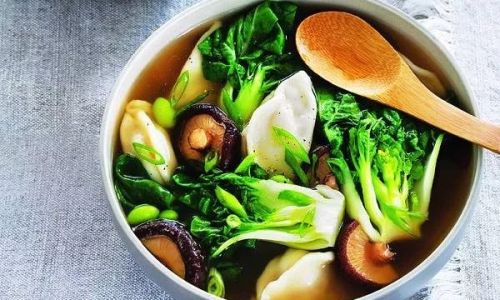

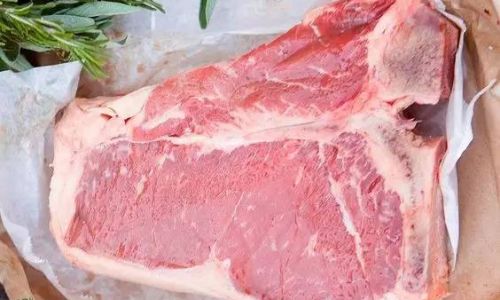
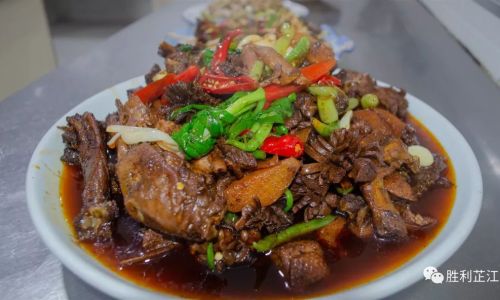
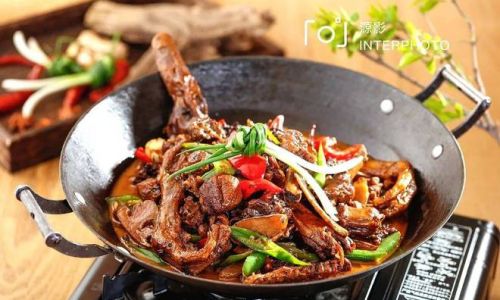

0 comments